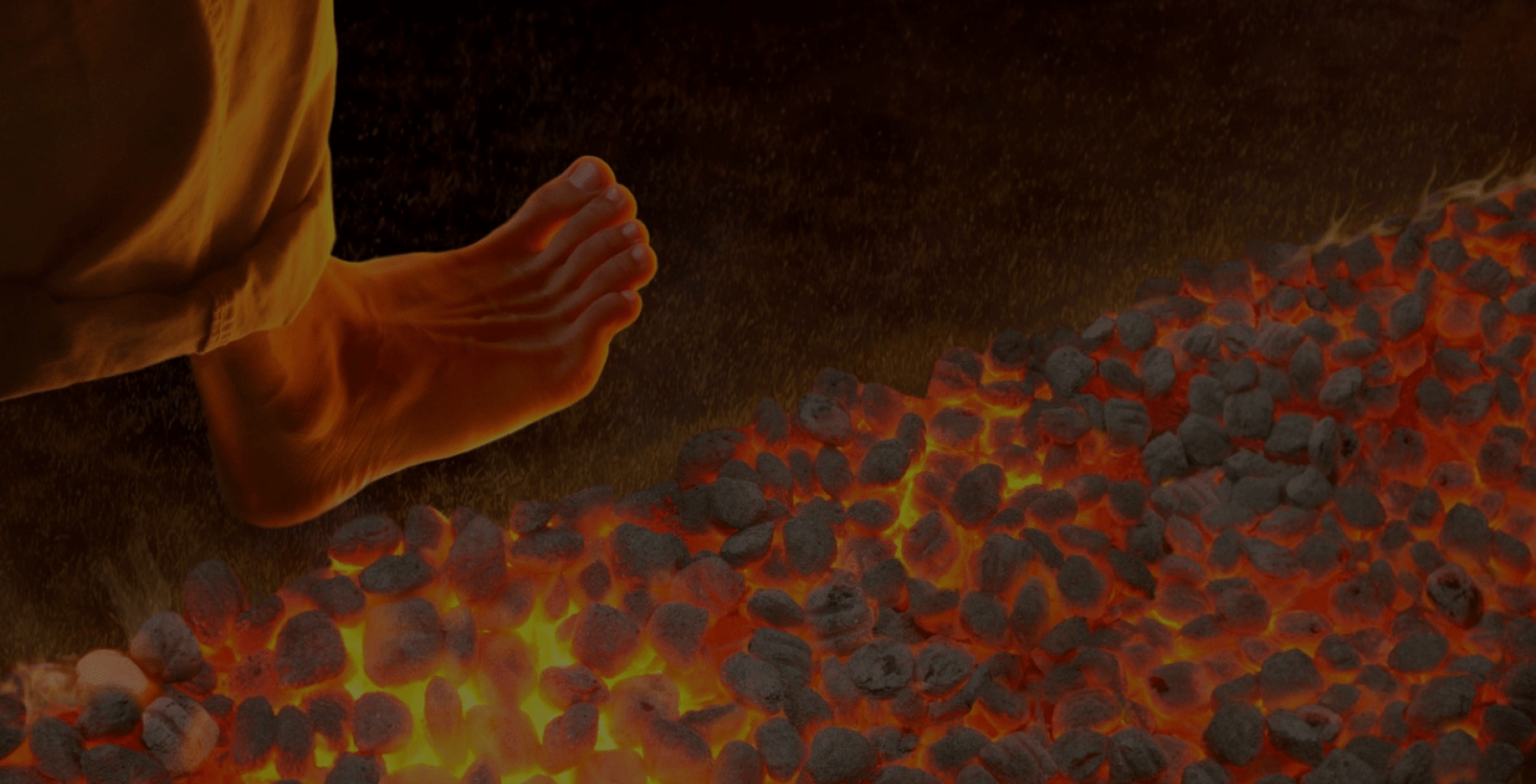Introduction:
Fire-walking, an ancient ritual practiced by various cultures around the world, has captivated the human imagination for centuries. The image of individuals walking barefoot across a bed of glowing embers invokes a potent mix of awe, wonder, and curiosity. But beyond its spectacle lies a deeper significance – a symbolic journey of courage, transformation, and empowerment. In this exploration, we delve into the rich history, cultural significance, and modern interpretations of fire-walking, uncovering its enduring relevance in today’s world.
A Brief History:
The origins of fire-walking are shrouded in antiquity, with evidence of its practice found in diverse cultures spanning continents and epochs. From ancient Greece to India, Polynesia to Native American tribes, fire-walking rituals have been integral parts of religious ceremonies, rites of passage, and cultural celebrations. These rituals were often imbued with spiritual significance, symbolizing purification, renewal, and the crossing of boundaries between the earthly and the divine.
One of the most well-documented instances of fire-walking comes from the Hindu festival of Thimithi, where devotees walk across a pit of hot coals to honor the goddess Draupadi. Similarly, the Greek practice of “anastenaria” involved walking over burning coals to honor saints and seek protection from evil spirits. These ancient rituals underscored the profound belief in the transformative power of fire and the human capacity to transcend fear through faith and ritual.
The Science Behind Fire-Walking:
Despite its mystical allure, fire-walking is not purely a feat of spiritual prowess; it is also grounded in scientific principles. The key lies in the physics of heat transfer. While wood and coal can reach temperatures of over 1,000 degrees Fahrenheit, their thermal conductivity is relatively low. This means that the heat is primarily transferred through radiation, sparing the walker from severe burns.
Moreover, the human foot, with its layers of keratinized skin and moisture, acts as a natural insulator, further reducing the risk of injury. By walking briskly and maintaining constant motion, fire-walkers minimize the contact time between their feet and the hot coals, preventing sustained heat absorption.
Psychological Aspects:
Beyond the physical aspects, fire-walking also delves into the realm of psychology and human behavior. The decision to walk across fire requires a profound shift in mindset—a willingness to confront fear, embrace uncertainty, and trust in one’s abilities. As participants stand at the edge of the fire pit, they are confronted with their deepest fears and insecurities. Yet, by taking that first step, they embark on a journey of self-discovery and empowerment.
Studies have shown that fire-walking can induce altered states of consciousness, triggering a release of adrenaline and endorphins that heighten sensory perception and diminish pain perception. This altered state, combined with the collective energy of the group and the rhythmic drumming and chanting often accompanying the ritual, creates a potent cocktail of euphoria and transcendence.
Modern Applications:
In recent years, fire-walking has transcended its traditional cultural and religious contexts to become a popular form of experiential therapy and personal development. Fire-walking workshops and retreats offer participants a unique opportunity to confront their fears, break through limiting beliefs, and cultivate resilience and self-confidence.
Guided by experienced facilitators, participants engage in a series of preparatory exercises aimed at building trust, fostering community, and cultivating a mindset of empowerment. As they approach the fire pit, they are encouraged to tap into their inner strength, focus their intention, and take the courageous step forward.
The experience of fire-walking serves as a metaphor for life’s challenges—a reminder that adversity can be transformed into opportunity, and fear can be transcended through courage and resilience. By confronting the fire within, participants emerge with a newfound sense of empowerment and a deeper connection to themselves and the world around them.
Conclusion:
Fire-walking, with its ancient roots and modern applications, continues to fascinate and inspire people across the globe. Whether viewed as a sacred ritual, a scientific phenomenon, or a transformative experience, it offers a profound journey of self-discovery and empowerment. As we navigate the fires of life, may we draw upon the timeless wisdom of fire-walking—to confront our fears, embrace our inner strength, and walk boldly into the flames of transformation.

